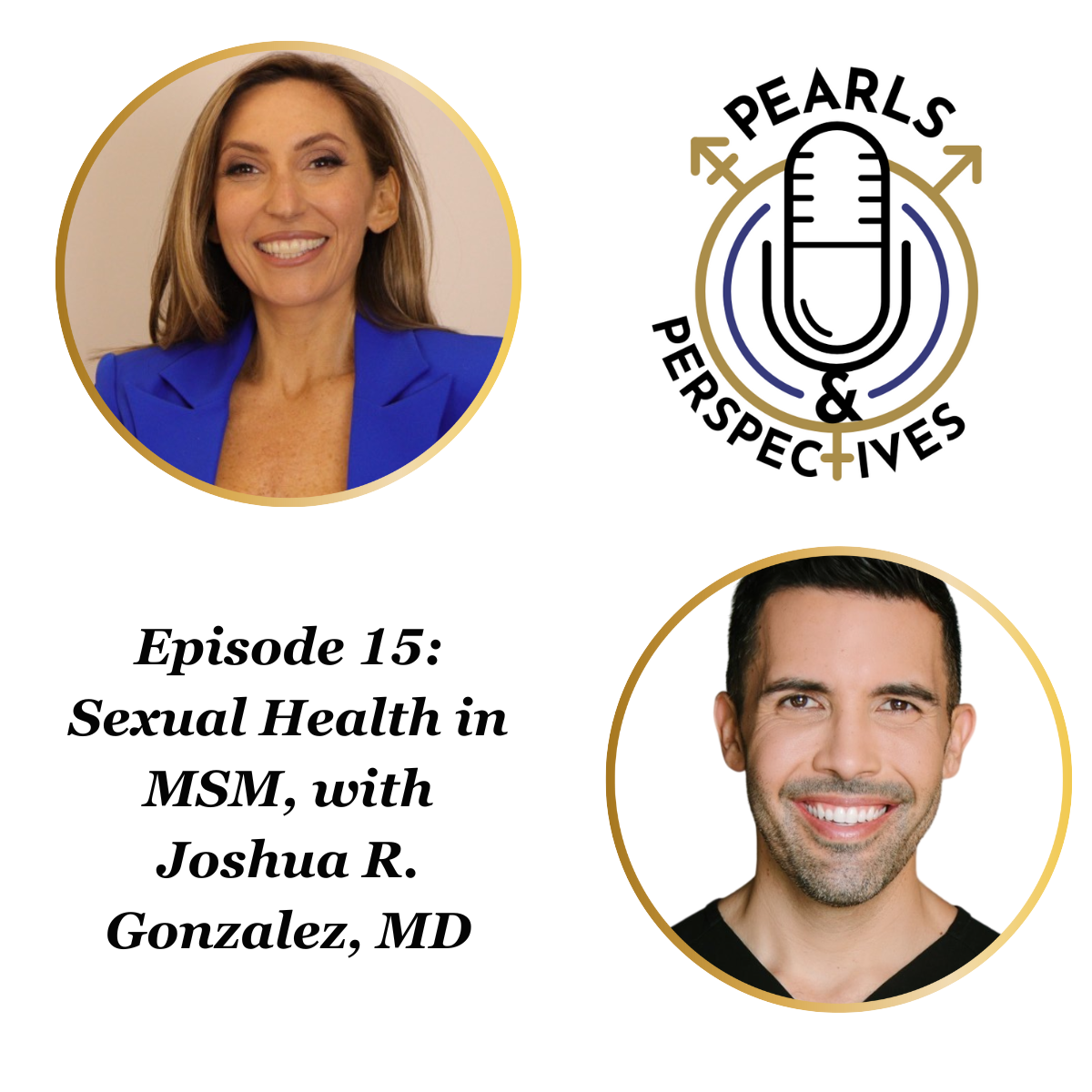Opinion
Video
Michael Jenson, PA-C, on Minnesota Urology’s Surgical Impotence Management Strategy program
Author(s):
Key Takeaways
- The SIMS program offers pre-operative education, focusing on anatomy, post-operative care, and common side effects like incontinence and erectile dysfunction.
- A dedicated class on vacuum erection devices is provided, covering usage, types, and protocols to aid recovery.
Michael Jenson, PA-C, gives an overview of the Surgical Impotence Management Strategy program at Minnesota Urology.
In this video, Michael Jenson, PA-C, gives an overview of the Surgical Impotence Management Strategy program at Minnesota Urology. Jenson is a physician’s assistant with Minnesota Urology.
Transcription:
What does the Surgical Impotence Management Strategy program consist of?
The program typically starts off with, they get their diagnosis, they have their conference with the physician to talk about the treatment options, and then, typically, when they have selected the treatment option, we have what's called a SIMS lecture. SIMS stands for Surgical Impotence Management Strategy. A lot of it's focused on the erections, but it's evolved significantly beyond just the erectile component of this. The lecture is provided once a month to pretty much anyone that is having surgery coming up in the next month to 2 months, trying to get people before they have surgery. Periodically, we have patients that aren't able to make it and they attend it shortly after their surgery, to get some of that information that's there. The lecture itself is going through basic information, anatomy, explaining some of the differences they may notice after surgery, why they have those differences. We dive into the post operative care, so what to expect immediately after the surgery, so while still in the hospital, or just shortly thereafter, with the catheter in place and with catheter removal, just giving further insight, because the majority of the patients haven't managed a catheter before, or really have much of an idea of what they're doing with it, or how long it's going to be in.
Then we start progressing to the side effects side of things, where we talk about incontinence and erectile dysfunction. We do touch on a number of other side effects that they will notice, especially on them. We don't go through the 1-in-5000 type options; we focus on the ones that are more common. Throughout that lecture, patients are able to ask questions, get better understanding for something that maybe was a little bit too quick, or something that was touched on by the physician that they just wanted a little bit more information on. Following that SIMS lecture, we also then have a vacuum erection device class, because we encourage a lot of our patients to pursue a vacuum erection device while going through this recovery process. And we have a class dedicated specifically to that. It's a very foreign device to a lot of people, which then creates a lot of confusion. Are they using it appropriately? How do they how do we want them to use it? I talk about it in the lecture, but it's nice to have a separate instructional class specifically dedicated to that device. So we walk them through how to properly use it. We walk them through the frequency at which we want them to use it, give them all the information that they have, and then talk about the different ones that are on the market - manual, automatic, having the combination of either/or, how to use constriction bands. It's basically everything you need to know about the vacuum erection device and our protocol that's associated with it.
Then they have their surgery. I'm there on our portal as the main resource for rehabilitation following the prostatectomy, so they can reach out to me in between, before the surgery, or shortly thereafter if they have questions. But then after the surgery, I see them. I see pretty much every one of the patients that opts into doing the SIMS protocol. And I see them typically 2 to 3 months after the surgery to just touch on, hey, what have they started? Have they started using the PDE-5 inhibitors? Have they started using the vacuum erection device? And then I follow them every 4 to 6 months. We try not to make it too often, because there isn't a lot of change that's always noted. We don't want to go too far, because we notice patients get a little bit more frustrated if it's a little bit more extended out, and they feel like they're not progressing. So we have those routine follow-ups, and then they essentially graduate from the SIMS protocol when we feel that, hey, I'm not doing much more for them, they've recovered to where we would like them.
This transcript was AI generated and edited by human editors for clarity.
Newsletter
Stay current with the latest urology news and practice-changing insights — sign up now for the essential updates every urologist needs.

















